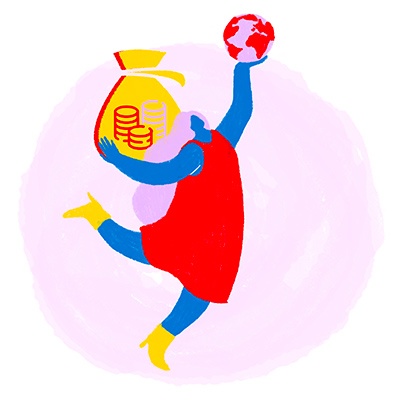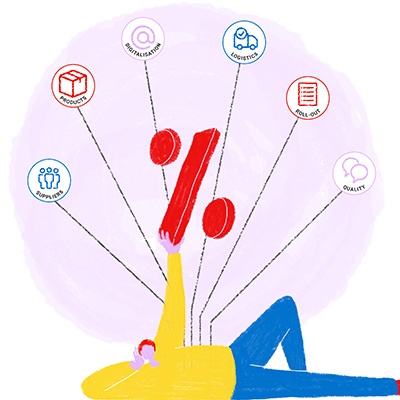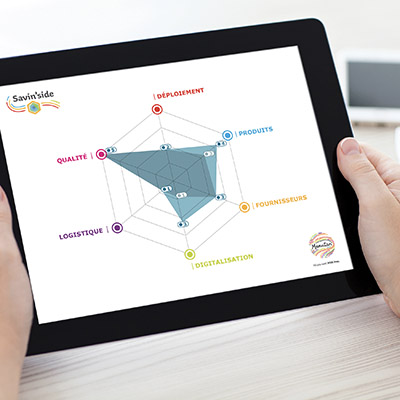In its latest annual study, "CPO Survey 2018: What's the Next Big Thing in Procurement", SAP Ariba worked with the University of Applied Sciences Würzburg-Schweinfurt, Germany, to shed some light on the current and future trends in procurement. Unsurprisingly, most of the report focuses on digital transformation in the industry.
Digital transformation of procurement is now underway
The study showed that 83% of respondents believed that digital transformation will have a greater impact on procurement, supply chain and finance in 2018 compared to 2017.
Automated systems and processes is one of the key aspects of digitalisation, alongside predictive analytics and other well-known technologies.
Today, only 5% of respondents said that they had highly automated systems and processes. Financial services, consumer products and retail have the least automation.
However, 63% of participants thought that automation was important and had automation on their roadmap.
“The message is loud and clear,” said Prof. Dr. Karsten Machholz, Strategic Procurement & SCM, the University of Applied Sciences Würzburg-Schweinfurt, co-author of What’s the Next Big Thing in Procurement. “Procurement executives around the world believe digitalisation is more critical than ever. And they are taking steps to accelerate it within their organisation and increase the value they deliver.”
New technologies are on the horizon
Some 22% of respondents said that the most commonly used technology was the Internet of things (IoT) today, followed by robotic process automation (RPA) for 19% and artificial intelligence/cognitive computing for 9%.
For this reason, the procurement industry is planning to invest more in RPA (+1 percentage point), artificial intelligence/cognitive computing (+8 percentage points), machine learning (+7 percentage points), chatbots (+1 percentage point) and blockchain (+5 percentage points) over the next 12 months.

By taking a look at these same trends by continent, we can see that investment plans are in comparison different.
While Latin America (+5 percentage points) and Australia (+15 percentage points) are planning to invest significantly more in chatbots, United States/Canada (-1 percentage point) and Asia (-3 percentage points) are planning to invest less.
3D printing has yet to catch on in Latin America and Australia, with a subtle entry for planned future use, while United States/Canada (-3 percentage points) and Europe/Middle East/Africa (-6 percentage-points) are expecting to reduce their use.
However, there are several trends that are universal: the IoT will lose momentum, and artificial intelligence and machine learning will capitalise on further investment in the future, especially in Australia, Europe/Middle East/Africa and Asia.

« In the near future, everything, that a robot/software can do better than a human being, will be automated. Creativity, empathy and building mutual trust will be things that no robot or software can do. These will be the areas, we all (not only procurement/ supply chain employees) should focus on. The operational procurement will disappear and be done by bots. The procurement of the future will only be strategic, supported by artificial intelligence. » explains the co-author and SAP Ariba Chief Digital Officer Marcell Vollmer.









